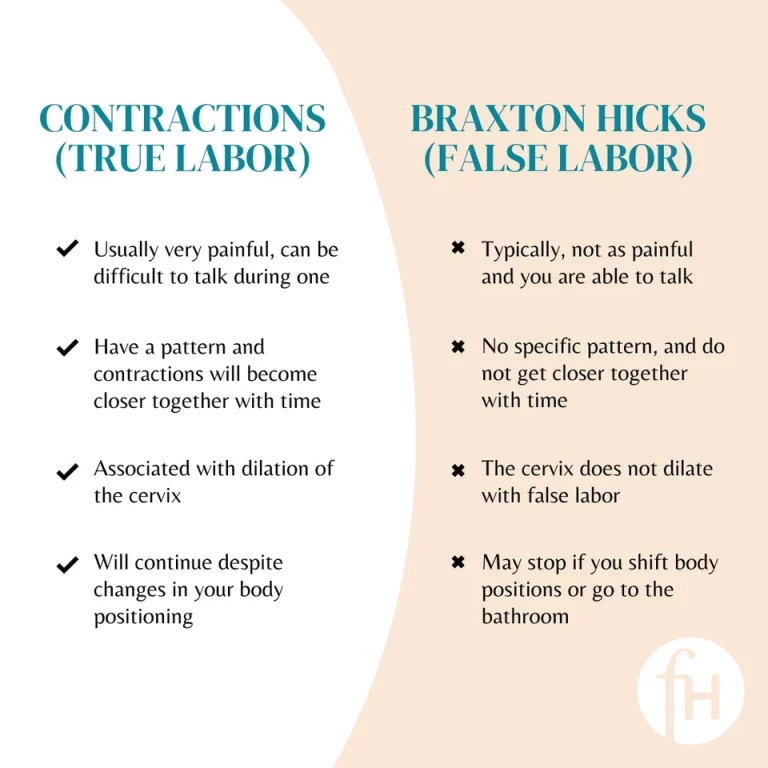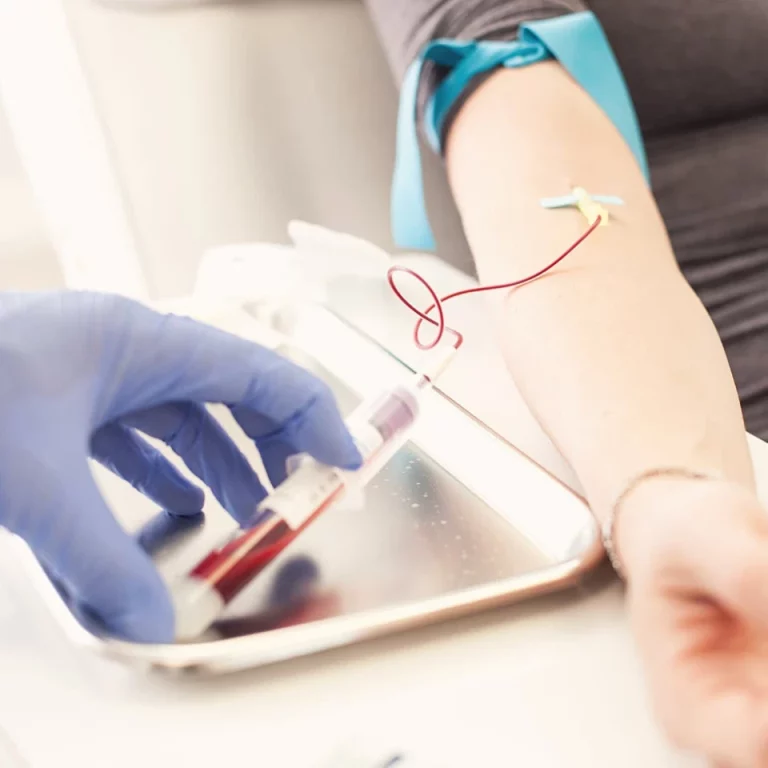What Are The Symptoms Of Gestational Diabetes?
Gestational diabetes symptoms can be subtle, making it difficult for patients to realize that their blood glucose may be high. Gestational diabetes mellitus (GDM) is a high blood glucose condition that happens during pregnancy and occurs in about 6% of pregnancies (1).
Gestational Diabetes Symptoms
Many women with gestational diabetes do not experience any symptoms. However, it is possible that some may experience symptoms of gestational diabetes, and one of these may be increased thirst. Patients with GDM may also sweat more than usual when working out. You may also be hungry throughout the day. Other gestational diabetes symptoms may include abdominal swelling and bloating, frequent urination, or low blood sugar episodes and even depression. Because pregnancy itself has so many changes, it may be difficult to distinguish between normal pregnancy changes and symptoms of gestational diabetes.
Gestational diabetes is usually screened for around the 28th week of pregnancy, but it can occur earlier. If you have had gestational diabetes in a previous pregnancy, your doctor will likely screen you at 14 weeks or maybe even sooner. Unless you have other risk factors, like a previous pregnancy with GDM, there is limited utility to screening before 24 weeks (2). If it’s not properly managed, gestational diabetes can have potentially serious health effects for both mother and baby.
What Happens In Gestational Diabetes Mellitus?
In general, every pregnancy has some degree of increased insulin resistance. Because placental-produced hormones increase through the second trimester and much of the third trimester, insulin resistance is greatest in the third trimester. The increase in insulin resistance is primarily the result of the effects of several placental hormones, including human chorionic somatomammotropin (human placental lactogen), progesterone, prolactin, placental growth hormone, and cortisol. Therefore, just the placenta alone increases a person’s risk for gestational diabetes. But, the majority of people will not have a pregnancy complicated by GDM.
Gestational diabetes is a temporary condition that occurs during pregnancy and affects how your cells use sugar (glucose), one of the main sources of energy. Your body breaks down the carbohydrates you eat into glucose and sends it into your bloodstream. The glucose then travels to your cells with the help of insulin, a hormone made by the pancreas.
The pancreas normally makes more insulin when your blood sugar is high, such as after a meal, to keep glucose levels stable. But, if you have gestational diabetes, this process doesn’t work properly and leads to high blood sugar levels. Too much glucose in your bloodstream can be harmful to you and your baby. Patients with gestational diabetes can have a high degree of insulin resistance, which makes it harder for the insulin that’s being made to work properly to reduce your blood sugar.
Who Gets Gestational Diabetes Mellitus?
About 6- 7% of pregnant persons get gestational diabetes. Some studies report a higher prevalence of around 11% in Asian populations (3). Some of the risk factors for gestational diabetes are advanced age (≥35 yrs.), obesity, excessive gestational weight gain, excessive central body fat deposition, family history of diabetes, short stature (<1.50 m), hypertension or preeclampsia in the current pregnancy, history of recurrent miscarriage, GDM during prior pregnancies and polycystic ovary syndrome. In addition to the most common factors, a sedentary lifestyle may also be a risk factor for GDM.
Related: Heavy Implantation Bleeding: Pregnancy Or Period?
Gestational Diabetes Complications
Gestational diabetes in a mother can lead to excessive weight gain in the baby, which can increase the risk of complications during delivery and beyond. Babies whose mothers have had poorly controlled gestational diabetes are themselves at higher risk of developing type 2 (adult-onset) diabetes later in life.
In addition to risks to your baby and your pregnancy, there is also a risk to you. The lifetime risk of going on to develop Type 2 Diabetes in individuals who have had gestational diabetes is an alarming 70%. One to two months after delivering your baby, you should make an appointment to have your blood glucose checked, and you should continue to monitor your blood glucose at regular intervals with your primary care physician.
What To Do If You Think You Have Gestational Diabetes
If you think you are experiencing increased thirst or other symptoms of gestational diabetes, schedule a visit with your doctor as soon as possible. The only way to determine if you have GDM is by testing for it. If you do, treating gestational diabetes is extremely important for your baby’s health and your health.
Sources:
- Mack LR, Tomich PG. Gestational Diabetes: Diagnosis, Classification, and Clinical Care. Obstet Gynecol Clin North Am. 2017 Jun;44(2):207-217. doi: 10.1016/j.ogc.2017.02.002. PMID: 28499531
- Hartling L, Dryden DM, Guthrie A, Muise M, Vandermeer B, Aktary WM, Pasichnyk D, Seida JC, Donovan L. Screening and diagnosing gestational diabetes mellitus. Evid Rep Technol Assess (Full Rep). 2012 Oct;(210):1-327. PMID: 24423035; PMCID: PMC4781607.
- Lee, K.W., Ching, S.M., Ramachandran, V. et al. Prevalence and risk factors of gestational diabetes mellitus in Asia: a systematic review and meta-analysis. BMC Pregnancy Childbirth 18, 494 (2018). https://doi.org/10.1186/s12884-018-2131-4
- ACOG Practice Bulletin No. 190: Gestational Diabetes Mellitus. Obstet Gynecol. 2018 Feb;131(2):e49-e64. doi: 10.1097/AOG.0000000000002501. PMID: 29370047.
We discuss products we think are useful to people. If you buy something through our links, we may earn a commission. Remember to check with your personal physician to see if a product recommended is right for you.








